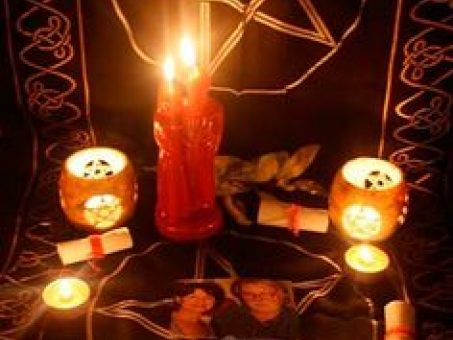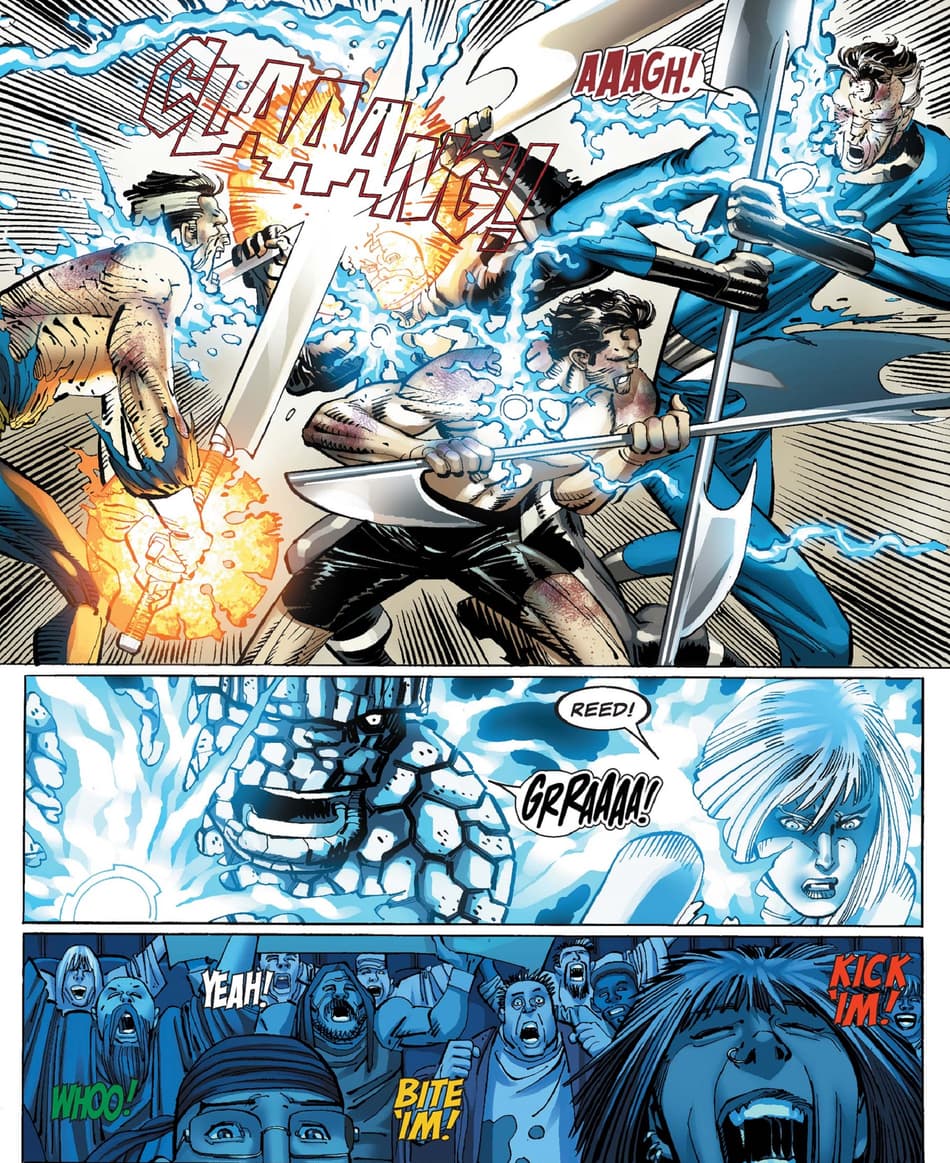Insider Tips on How to Successfully Join Freemason in Your Region
Insider Tips on How to Successfully Join Freemason in Your Region
Blog Article
Checking Out the Mysteries of the copyright: What You Required to Know
The copyright, a term often shrouded in intrigue and controversy, stands for an intricate tapestry of historic fact and modern-day myth. Established in the late 18th century, this secret culture was originally rooted in the Enlightenment's ideals yet has considering that become identified with conspiracy concepts regarding elite control. As we browse the beginnings, crucial numbers, and the stark comparison in between misconception and reality, one have to take into consideration how these narratives influence modern assumptions of power and privacy. What could be disclosed through a more detailed evaluation of these aspects could test long-held assumptions concerning the darkness that stick around in our culture.
Origins of the copyright
The beginnings of the copyright are soaked in a blend of historic intrigue and ideological eagerness. Developed in 1776 in Ingolstadt, Bavaria, by Adam Weishaupt, the team was at first formed as a secret society intended at promoting Enlightenment suitables such as reason, secularism, and the splitting up of church and state. Weishaupt, a professor of canon law, looked for to test the prevailing authority of the church and state, which he checked out as overbearing organizations stifling intellectual and personal flexibility.

Trick Numbers and Participants
That were the pivotal figures that shaped the copyright's very early impact and instructions? The Bavarian copyright, started in 1776 by Adam Weishaupt, emerged as an action to the overbearing societal structures of the time.
One more substantial figure was Johann Gottlieb Fichte, a prominent theorist whose concepts on nationalism and education resonated with the copyright's goals. Fichte was not a formal participant, his thoughtful bases affected the group's ideology. Additionally, numbers like the writer and philosopher Johann Wolfgang von Goethe were related to the wider intellectual motions of the moment, although their direct participation with the copyright continues to be debated.
These crucial figures added to the copyright's early direction, pressing the borders of political and social thought, while their cumulative initiatives intended to test well established standards and promote an environment of modern adjustment in Europe.
Misconceptions vs. Reality
Many false impressions surround the copyright, usually blending reality with fiction in a method that obscures its true nature. The idea that the copyright proceeds to put in substantial influence over globe occasions is a misconception.
One more widespread misconception is that the copyright consists of a network of elite individuals manipulating international affairs. In truth, numerous conspiracy theory theories exaggerate the group's value, associating unfounded objectives to societal patterns and occasions. This has actually led to an oversimplified view of intricate concerns.
Additionally, the representation of the copyright in pop culture typically additional distorts its heritage. Movies and literary works have a tendency to sensationalize the organization's function, developing a narrative that splits from historical truths. Comprehending the difference in between the myths and the truth of the copyright is important for critical the real impact of my review here this historic team and acknowledging the broader effects of conspiracy theory theories in modern culture.
Modern Analyses
Contemporary interpretations of the copyright commonly reflect wider social anxieties and an attraction with secrecy and power. This contemporary lens regularly links the copyright with conspiracy theories that suggest a hidden elite coordinates world occasions, adjusting governments and economies for their very own gain. benefit of joining freemason. Such narratives tap into a deep-rooted distrust of authority, especially in times of crisis or social turmoil
In prominent society, the copyright is frequently illustrated as a divine company shrouded in enigma, causing a huge selection of imaginary portrayals in literature, film, and songs. This representation offers not only to delight yet additionally to provoke believed regarding the nature of power and control in contemporary society. Social media has further enhanced these analyses, permitting quick dissemination of conspiracy theory concepts and producing communities that share and increase upon these ideas.
Furthermore, some modern analyses frame the copyright as an allegory for the complexities of globalization and the interconnectedness of influential people and organizations. This point of view motivates a vital evaluation of exactly how power dynamics operate browse this site in today's globe, highlighting the balance in between openness and privacy in administration and corporate techniques.
Cultural Impact and Heritage
Influenced by centuries of intrigue, the blog here social effect and heritage of the copyright prolong far past its historical beginnings. This secret culture, developed in the late 18th century, has penetrated different facets of prominent society, from literature and film to music and art. The concept of the copyright has progressed into a symbol of conspiracy theory theories, commonly representing a viewed hidden power adjusting international occasions.
In literature, authors like Dan Brown have woven the copyright right into intricate stories, fascinating viewers with motifs of secrecy and power. Films such as "National Treasure" and "The Da Vinci Code" better continue the appeal of the society, mixing truth with fiction to develop interesting stories.

Ultimately, the copyright's tradition is an intricate tapestry of misconception and fact, shaping perceptions of secrecy and control in contemporary discussion. Its long-lasting presence in culture underscores humankind's seasonal mission for recognizing concealed truths.
Conclusion
The expedition of the copyright reveals an intricate interplay between historic truths and contemporary myth-making. Established in the Knowledge era, this culture aimed to challenge oppressive structures, yet its tradition has actually been outweighed by conspiracy theory concepts that recommend elite adjustment. Comprehending the distinctions between the original perfects and modern interpretations is necessary for understanding the enduring fascination with the copyright and its substantial impact on social stories surrounding power and privacy in culture.
Report this page